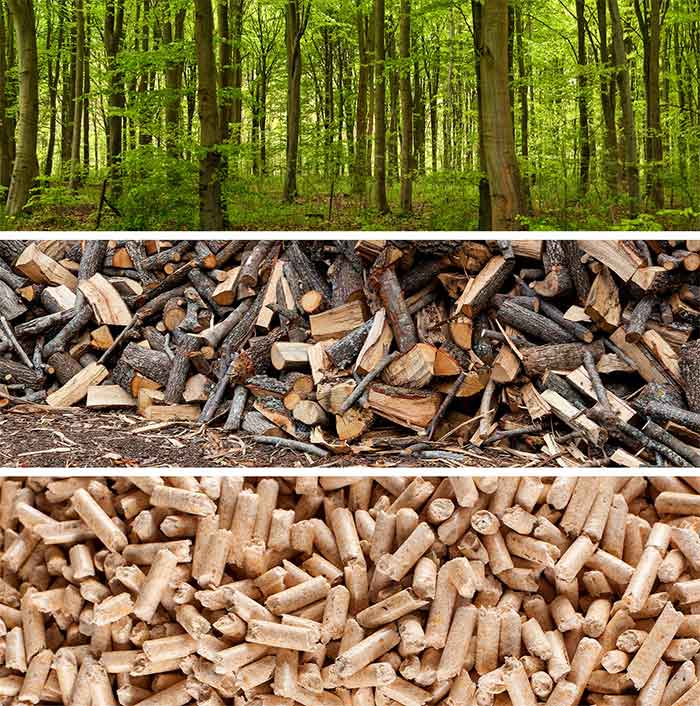Why the demand for restoring river ecosystems by decommissioning highly disruptive dams is picking up?

The Snake river in the USA has been declared the most endangered river of the country this year by the organization American Rivers. The main reason is that the various species of the wild salmon fish, the most critical species of the river system, have been vanishing at a very fast pace. Nearly 130 species of this ecosystem are tied up with the survival of the salmon in intricate ways.
Till just a century back the number of wild salmons in the river was perhaps 40 to 50 times higher than today. These salmon hatched from eggs laid in gravel of cool mountain streams, tributaries of the Snake. From here the baby salmons swam to the main river and from there to the Pacific ocean, travelling around 900 miles. Their growth was tuned by nature to moving from fresh water to salt water. After living much of their life in the ocean the fish returned to their birthplace in mountain streams to lay their eggs, before dying , in a wonderfully intricate natural system.
However this great natural system got badly disrupted during 1955-75 when four dams were constructed in the lower reaches of the Snake river. Once the dams blocked their route, several hundred thousand, perhaps millions of salmon babies perished or could not find their way to ocean. Year by year various salmon species moved towards lesser numbers and extinction threat, endangering other species as well.
In these conditions several indigenous people groups who identified their own life closely with the natural river ecosystem and with wild salmon at the centre of this ecosystem got alarmed and started mobilizing support for saving the salmon and restoring the ecosystem by decommissioning the four dams.
Fortunately this has received the support of some conservation groups and political leaders sympathetic to the cause, and so there is some hope for this cause. At the same time there is opposition from other groups who feel that the electricity provided by the dams is more important for them.
If the cause of protecting the river and its species is to be taken up, there is precedent in the form of the Elwha river ecosystem restoration work in Washington, USA, where there were similar issues of big decline in salmon caused by dams and demand for restoration work led by indigenous people. After some fierce debates a decision for decommissioning two dams was taken and also implemented.
One hopes that similar ecosystem restoration work can be approved soon for the Snake river also. An alternative plan for clean energy and agricultural progress has also been prepared for this region.
While such river ecosystem restoration work is needed in the context of many river ecosystems, unfortunately it is not even being considered by the authorities. If at all decommissioning of dams is discussed, this is generally in the context of dams which have crossed the planned age for which they were built, or where there are some other urgent issues of safety. Quite often even in some major dam building countries decommissioning of dams has not received serious attention despite its apparent importance for river ecosystems restoration. As the decade for ecosystems restoration has been lunched recently by the United Nations one hopes that this will help to move forward in the direction of river ecosystem restoration as well with due importance being assigned to the important role, where required, of dam decommissioning.
Bharat Dogra is a journalist and author. Hs recent books include Planet in Peril and Protecting Earth For Children.
GET COUNTERCURRENTS DAILY NEWSLETTER STRAIGHT TO YOUR INBOX
















































